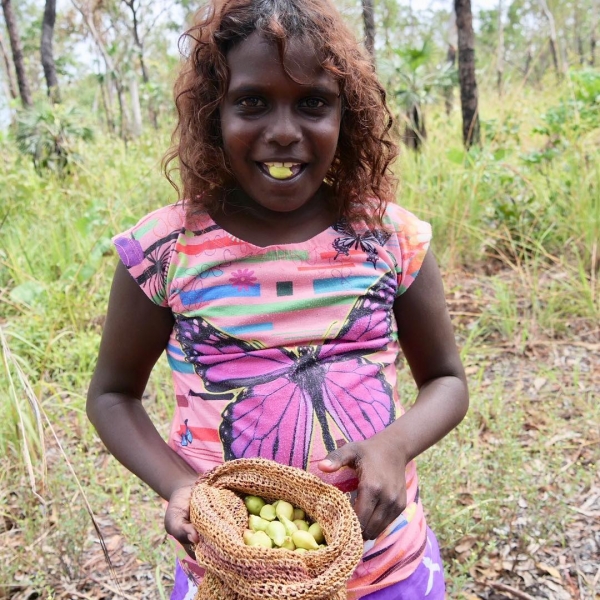Kakadu Plum
Terminalia ferdinandiana$69.00
When will it be in Stock?
We previously had the most to buy in Dec. They are unlikely to be available in Jan and Feb. Special Note: This plant is in the top 25% of plants customers are wanting to know about. It is very unlikely that you will be able to purchase this plant unless you click above to be notified when it is in stock again. Please expect a delay on this item as we notify those who have waited the longest .
Specifications of Kakadu Plum
Preferred Climate TropicalLearn About Climate Zones
Grown From SeedlingLearn About Propagation Methods
Max Height (when in the ground with good conditions) +10m
Plants required to Pollinate 1 (Self Pollinating)Learn about Pollination
Can it Handle Frosts? Likes Temps above 5deg
Amount of leaves in Winter? Some Leaves (Partly Deciduous)
Water Requirements Moderate Watering
Is it a Dwarf Fruit Tree? No (Full Size)
Time to Fruit/Flower/Harvest 5+ Years
Sun or Shade Full (Sun:80%-100%)
Preferred Soil Type Good Drainage
Soil pH Neutral (6.6-7.3pH)
Fruiting/Harvest Months April, May, June
Create a Filter to find similar plants
Customers also bought
These plants are often purchased together. Also check plant information for suitability in your orchard.
Davidson Plum NSW
$12.90 ($4.90-$24.75 choose a size)
Plum - Dorrigo Blood (G)
$49.00
Wampee - Yeem Pay
$49.00 ($49.00-$79.00 choose a size)
Loquat - Bessell Brown
$44.00 ($44.00-$99.00 choose a size)
Jakfruit - Malay
$19.75 ($19.75-$34.00 choose a size)
Mandarin - Emperor
$39.00 ($39.00-$39.00 choose a size)
Customer Tips & Reviews Kakadu Plum
Kakadu Plum
I dont soak. I just rub on sandpaper until I get though outside layer then plant, so far always successful. The problem I have is keeping them alive in winter, this year they will be in my hothouse
Kakadu Plum
They are a nice bush tucker, a little tart but always have u going back for more. Just remember you must only eat them once they've fallen from the tree (or been shacken off!)
Kakadu Plum
To aid the germination, of these seeds:- Soak in boiling hot water/use a hacksaw to crack shell. The actual seed is very small, inside !

























